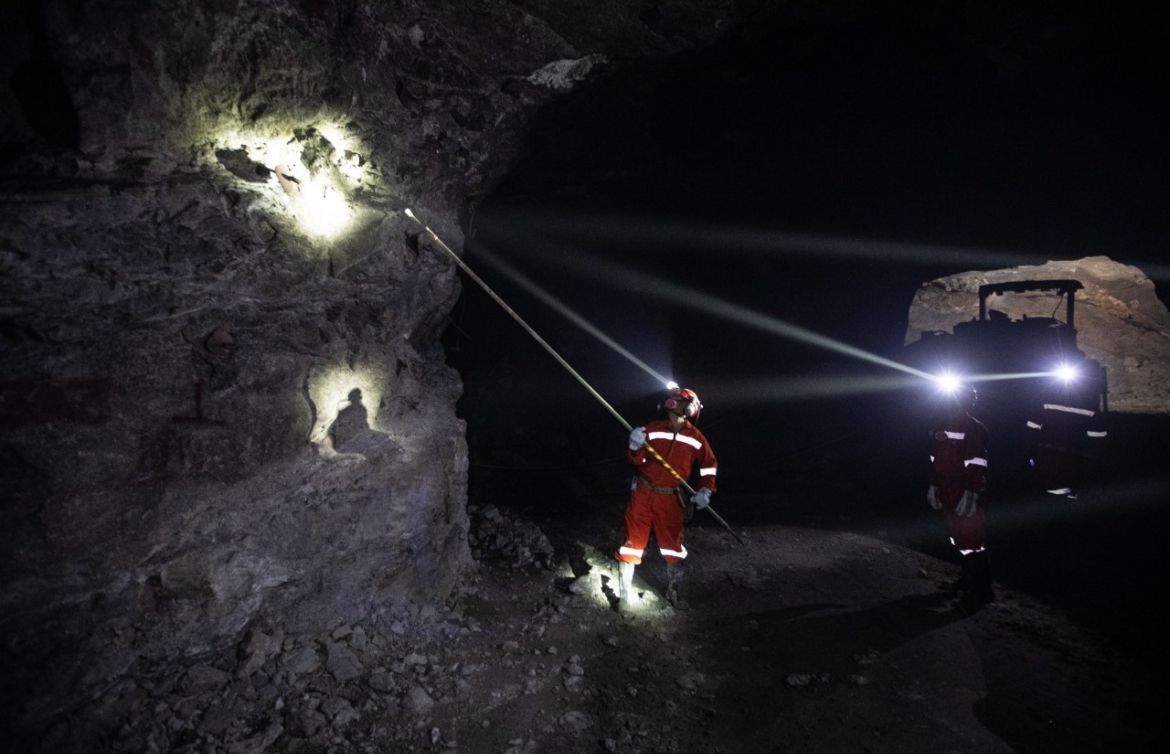
The Ministry of Environment and Natural Resources ( Semarnat ) is making progress in the digitalization and simplification of the processes for evaluating Environmental Impact Statements (EIS), with the goal of reducing time, improving the quality of information, and avoiding delays in the authorization of projects, including those in the mining sector.
“We are taking a step further so that the submission of these statements will no longer be physical, but also digital,” explained Oswaldo Núñez, deputy director of institutional strengthening at the General Directorate of Environmental Impact and Risk (DGIRA). He added that they are also seeking “administrative simplification to avoid repetitive documents, such as articles of incorporation, when the same petitioner is involved.”
The official emphasized that the environmental assessment process is a preventive and mandatory environmental planning tool that seeks to determine the viability of projects. Each EIA has a legal deadline of 60 business days to complete the assessment, although this can be extended by another 60 days when the type or complexity of the project requires it.
“It may seem very simple, but we have to meet certain parameters,” Núñez explained during a workshop for journalists in Mexico City. He added that the process often takes longer due to the quality of the information provided by the petitioners.
Delays and causes
The DGIRA representative acknowledged that Semarnat is facing a backlog of procedures, resulting from both complex administrative processes and deficiencies in the documentation submitted by applicants.
“Although we have had some backlogs in procedures, as the secretary [Alicia Bárcena] already stated in her last speech before the Senate, (…) we have continued working together with the OREs (State Representation Offices) and here at the central offices to continue reducing this backlog to have all our procedures online or on time,” he said.
According to the workshop, there are more than 300 MIAs pending resolution. In some cases, the petitioners fail to properly submit their information, fail to heed the warnings, or don’t even seek resolution.
Among the factors that also delay project notification and resolution, Núñez mentioned the distance between central offices and state representations, as well as the need to obtain complementary technical opinions from other agencies, such as the National Commission for the Knowledge and Use of Biodiversity (Conabio), the Federal Attorney General’s Office for Environmental Protection (Profepa), and the National Commission of Natural Protected Areas (Conanp).
“When we detect that a project has already begun construction, we request Profepa’s intervention to verify the status. This may take a little longer, but it guarantees the legality of the process,” he explained.
Public consultation
The evaluation process also includes citizen participation through public consultations and public information meetings, which are announced in the Semarnat Ecological Gazette. Any individual or community where a project is planned can submit comments or request a meeting.
However, the official acknowledged that access challenges persist for communities lacking connectivity or digital tools, so they are analyzing how to improve access to information in fishing or rural areas where there is no internet or equipment.
Regarding transparency, Núñez noted that public versions of statements and resolutions are published on the secretariat’s website, although he cautioned that “there are very old projects that probably don’t have public versions because the Gazette began operating around 2008.”
The deputy director emphasized that the digitization process seeks to improve the quality of technical information and speed up project review through an online system that streamlines procedures and avoids the physical transfer of documents from different states.
“We want petitioners to no longer have to come all the way to Mexico City and for the quality of information to be much higher. If the information is good, we don’t prevent or request additional information, and that avoids delaying legal deadlines,” he said.
Finally, Núñez argued that digitalization not only represents an administrative change, but also a structural transformation to strengthen environmental management, since the assessment process is an environmental planning tool that allows for preventing impacts, mitigating damage, and ensuring environmental compliance throughout the lifespan of projects.
(The original version of this content was written in Spanish)
